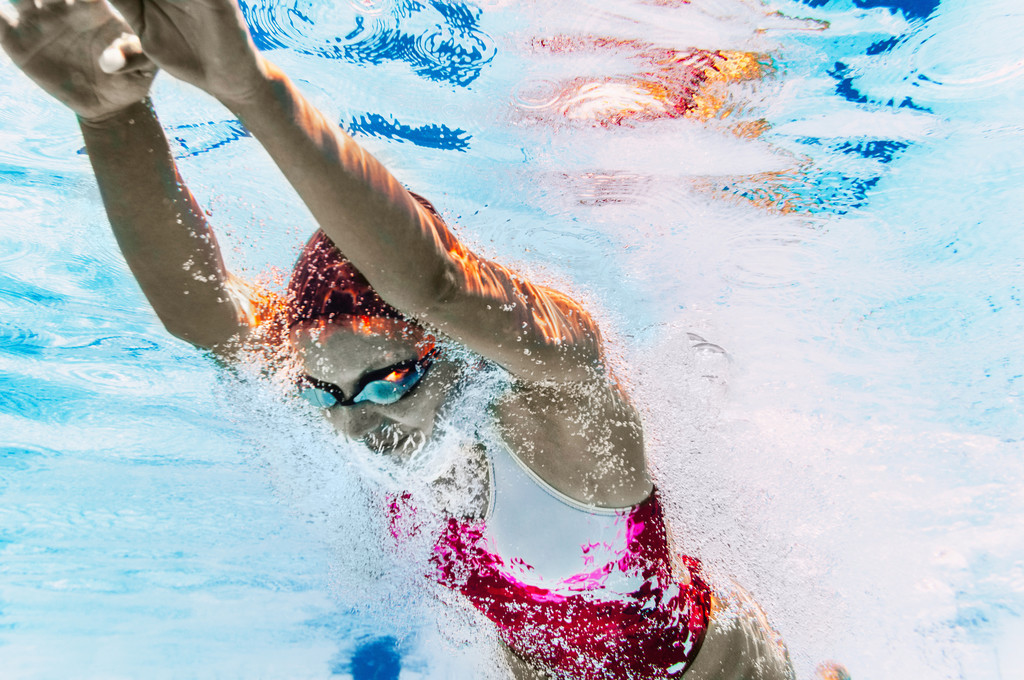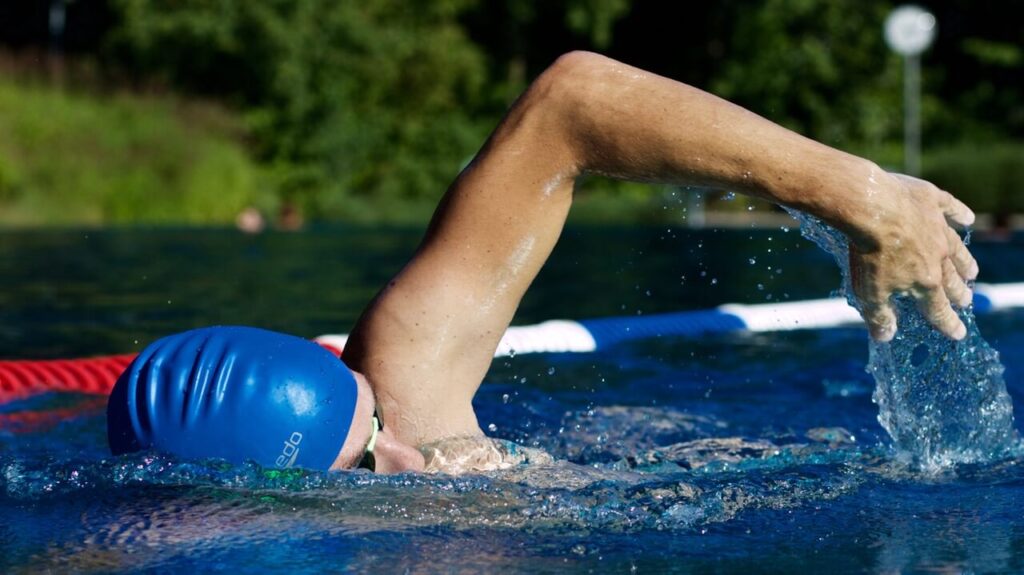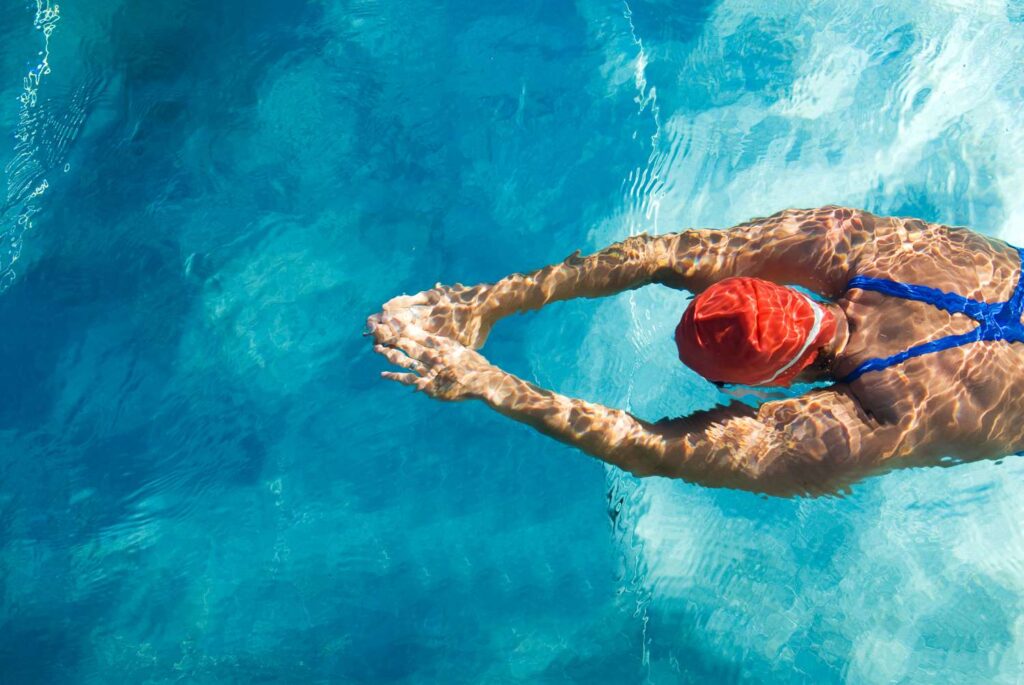Whether you’re cruising for a cup of coffee, stumbling for the bathroom in the middle of the night, or simply trying to get from one end of town to the other without traffic jams and delays, everyone needs to learn how to swim. Swimming has many benefits. It can promote cardio health, muscle strength and agility, improve range of motion, and help tone your body. It’s also an excellent way to exercise at any stage of life. (After all, you don’t want to be stuck riding the exercise bike at age 90 while your snarky neighbor swims laps in his backyard pool.)
Introduction
Swimming is a great way to get in shape, stay healthy, and beat the heat. It also has therapeutic benefits for people with arthritis and other physical disabilities. But mastering the sport takes practice and patience. Here are some tips on how to learn each of the four swimming strokes:
Butterfly

The butterfly stroke is a freestyle swimming stroke where the swimmer alternates breathing between their left and right sides in an alternating fashion. It is considered one of the more difficult strokes, but it can also be very rewarding after you have learned how to do this stroke properly.
The following are some tips for learning the butterfly stroke:
- Keep your head above water throughout the entire movement and breathe regularly during each arm pull. If your head goes underwater and stays there for more than 3 seconds, then stop what you are doing, take at least one full breath (inhale deeply), exhale all air from your lungs, and take another deep breath into your lungs again before starting again with whatever part of the stroke was interrupted by not being able to keep my head above water!
Backstroke
The backstroke is a swimming stroke that consists of the swimmer performing the movement using their back and arms while kicking underwater. It’s very common in competitive swimming, and it’s often used as a recovery aid when switching from one stroke to another. In addition to being an efficient way for your body to rest, it can also be helpful for improving your endurance and flexibility when done properly.
Freestyle or front crawl

Freestyle or front crawl is the most popular and fastest stroke, and it’s also the easiest to learn. This makes freestyle ideal for beginners because they can progress quickly while still feeling comfortable that they’re not making too many mistakes. Freestyle is also the best stroke for all distances: It’s great for sprinting short distances (like in a backstroke race), but it’s also efficient over long distances (like in an open water swim).
Breaststroke
To learn how to breaststroke, first make sure you know how to breathe in the water. The breaststroke involves two separate motions: a breathing stroke and a regular swimming stroke. The breathing motion is very similar in both freestyle and backstroke, so if you can do one of these it’ll be easier for you than someone who has never learned either of them before.
The actual breaststroke itself is not too difficult; there are only four basic moves required:
- Pulling your head out of the water (this is called “dolphin”)
- Bringing your arms behind your head and touching them together (this is called “fly kick”)
- Returning back to regular arm position with hands by your side
- Pulling forward again with both arms extended out in front of you
Try these 4 different strokes to swim faster

The breaststroke is a great stroke to start with if you’re new to swimming. It’s also one of the most popular strokes because it’s very easy on the joints and can be done in many different ways.
The freestyle is another great way to swim faster as it allows you to move your arms through the water more quickly than any other stroke, giving you a good workout while doing so.
The butterfly and backstroke are both back-to-front strokes, meaning that each arm moves in the opposite direction of its corresponding leg — for example, when your right arm comes forward toward the wall, your left leg will go straight back behind you (similarly with each arm/leg). While these two styles may seem challenging at first glance, they’re actually easier than they look once mastered — just keep practicing and join swim classes!
Conclusion
Learning how to swim is a vital skill, one that will certainly come in handy if you ever find yourself in a situation where such knowledge is decidedly necessary and potentially life-saving. Fortunately, swimming is enjoyable as well as physical activity. After working through this article, you should now know the four different strokes and be eager to put your newfound knowledge into practice.

